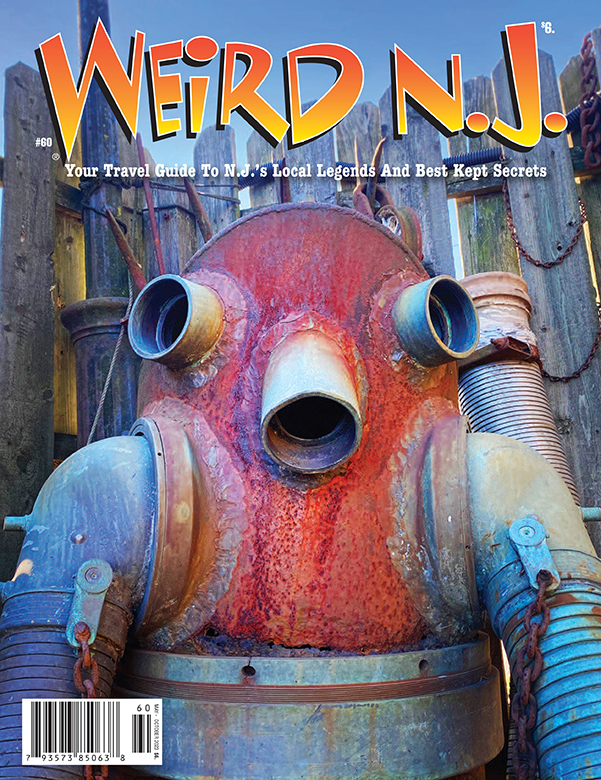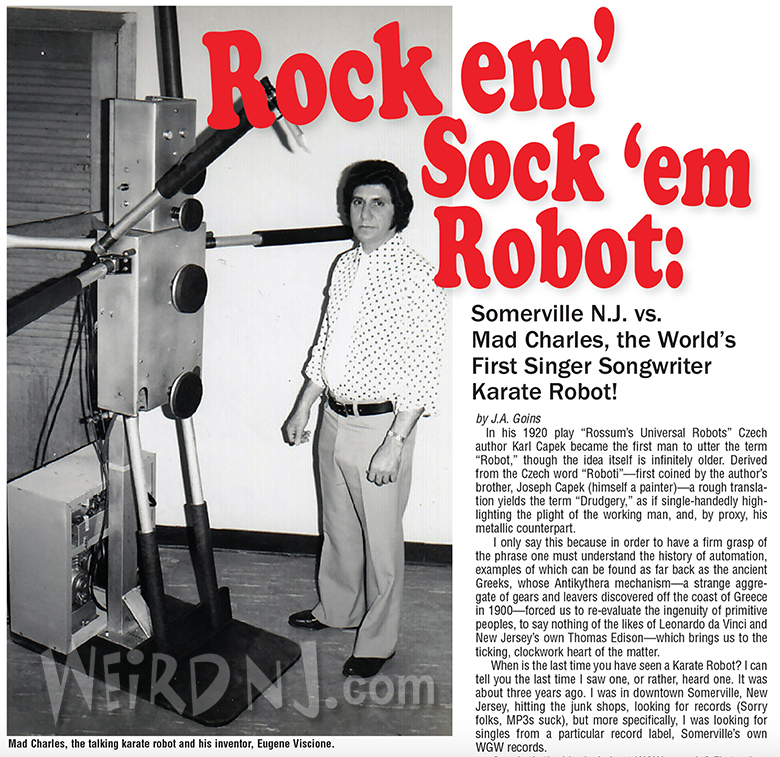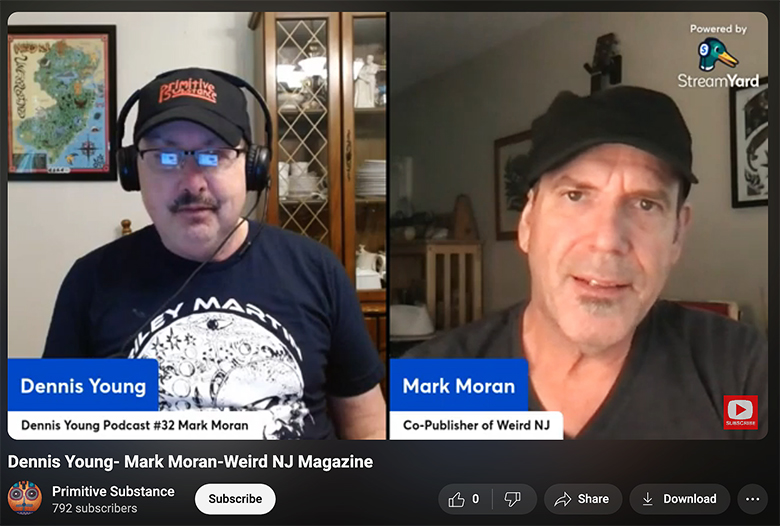The Tragic Tale of Mary Rogers and Sybil’s Cave
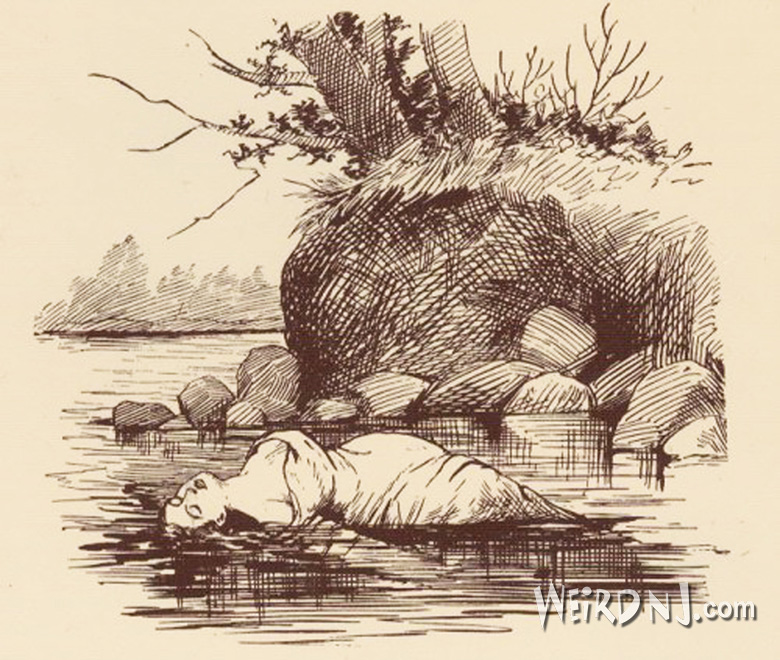
Although the appearance of a dead body floating in the waters around New York City was not an especially rare occurrence in the mid-1800s, the discovery of the lifeless and bloody body of Mary Cecilia Rogers in the shallow waters near Sybil’s Cave provoked outrage. Mary, a young and beautiful 20-year-old, left her Manhattan home on the morning of July 25th, 1841, telling her fiancé, Donald Payne, that she would be visiting her aunt uptown. She would never return. Her body was fished out of the Hudson River three days later, and the cause of death was quickly ruled strangulation by the Hoboken coroner. He also stated she had been sexually assaulted and brutally beaten. Over a month later, remnants of her clothing and some personal items were found in a wooded area near the river in Weehawken, just north of Hoboken. It was assumed she was killed there by a man, or a gang of men, and then thrown into the river.
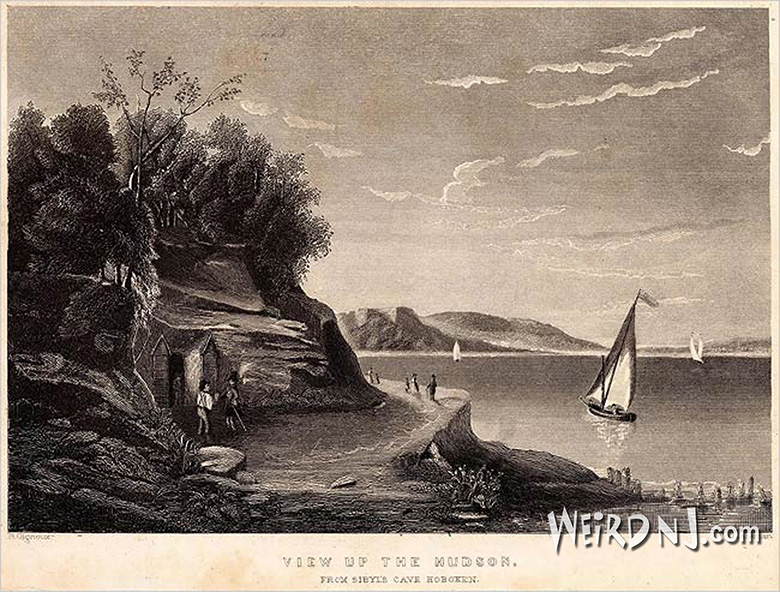
Along with her aging mother, Mary ran a boarding house on Nassau Street near New York’s City Hall. She also worked as a sales girl in a nearby Broadway tobacco shop. Nassau Street at that time was the center of the growing publishing and printing business, including the new “Penny Press”, the equivalent of our tabloid newspapers. Mary was well known to the editors and reporters of these publications, having lived and worked in the area for over a year. This familiarity made the investigation of her death a personal matter to them, and the case became the O. J. Simpson case of 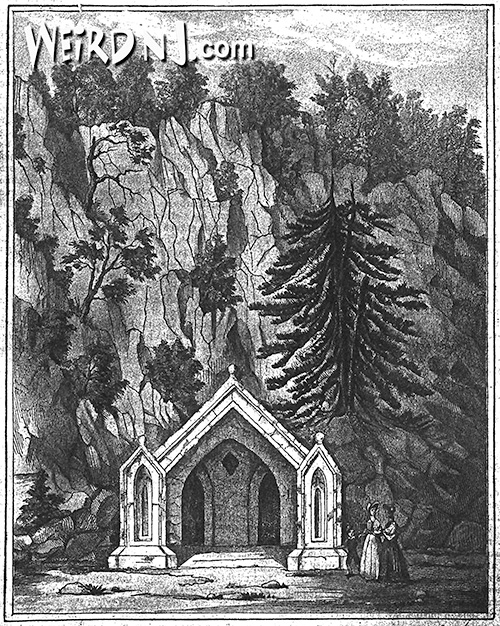 its time, with dozens of reporters and writers following up on every possible lead and investigating every possible suspect, all in the public eye. Dubbed the case of “The Beautiful Cigar Girl” by the media, Mary’s murder brought a sudden boom of publicity and tourism to Sybil’s Cave and Hoboken, as thousands flocked to the area to view the scene of the crime.
its time, with dozens of reporters and writers following up on every possible lead and investigating every possible suspect, all in the public eye. Dubbed the case of “The Beautiful Cigar Girl” by the media, Mary’s murder brought a sudden boom of publicity and tourism to Sybil’s Cave and Hoboken, as thousands flocked to the area to view the scene of the crime.
Watching and reading all of this was an out-of-work writer living in Philadelphia named Edgar Allan Poe. He later transformed this story into the pioneering detective tale, “The Mystery of Marie Roget”, changing the location of the saga from Hoboken to Paris, France, but otherwise leaving other important facts and clues intact.
Despite the endless commentary and speculation in the press, the case was never officially solved. Every one of Mary’s former suitors was publicly charged, but later cleared. This constant publicity was blamed for the suicide of Rogers’ fiancé, Donald Payne. Distraught over the loss of Mary, and the public suspicions of his involvement in her death, his body was found outside Sybil’s Cave in early October with a bottle of poison nearby. His suicide note read; “To the World – here I am on the very spot. May God forgive me for my misspent life.”
More than a month after these events, a Weehawken innkeeper named Frederika Loss came forward 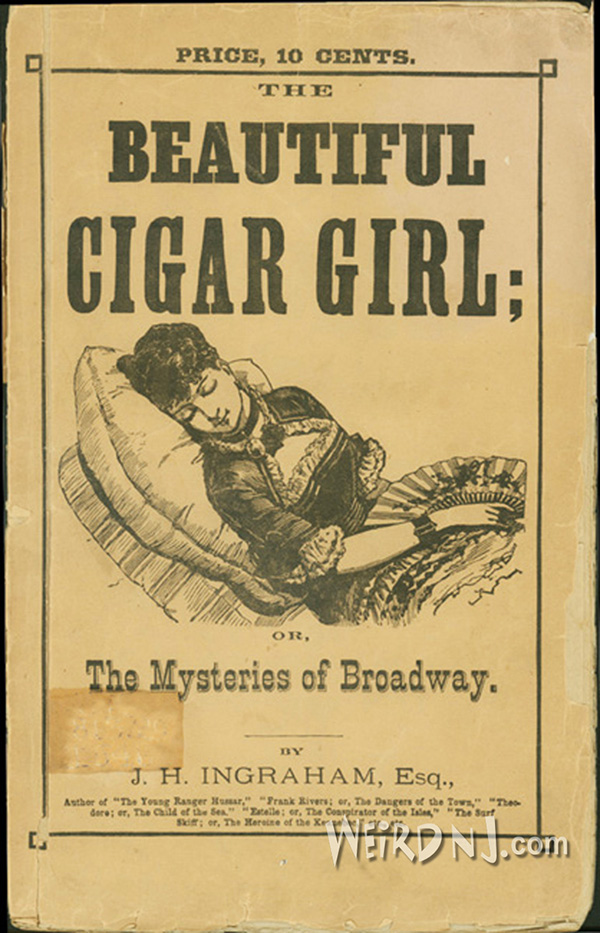 to say that Mary Rogers had visited her inn on the night of her disappearance in the company of a “dark complexioned young man.” Ms. Loss, who ran the popular Nick Moore’s House, later recanted this story on her deathbed after being accidentally shot by one of her own sons. After being interrogated by the local justice of the peace, Loss admitted that Mary Rogers had come to her inn that night accompanied by a local physician “who undertook to procure for her a premature delivery”. The abortion was botched and Mary subsequently died. One of Frederika’s sons helped the doctor dump the body in the river, and some of her clothing was later strewed about the woods in Weehawken, to confuse police. Interestingly, it was one of Frederika’s sons that later “found” the clothing. This confession could also help explain the coroner’s finding of sexual assault on Mary Rogers’ body, and his later strange and unsolicited references to her chastity and good morals, a possible attempt to protect her reputation.
to say that Mary Rogers had visited her inn on the night of her disappearance in the company of a “dark complexioned young man.” Ms. Loss, who ran the popular Nick Moore’s House, later recanted this story on her deathbed after being accidentally shot by one of her own sons. After being interrogated by the local justice of the peace, Loss admitted that Mary Rogers had come to her inn that night accompanied by a local physician “who undertook to procure for her a premature delivery”. The abortion was botched and Mary subsequently died. One of Frederika’s sons helped the doctor dump the body in the river, and some of her clothing was later strewed about the woods in Weehawken, to confuse police. Interestingly, it was one of Frederika’s sons that later “found” the clothing. This confession could also help explain the coroner’s finding of sexual assault on Mary Rogers’ body, and his later strange and unsolicited references to her chastity and good morals, a possible attempt to protect her reputation.
Although Frederika’s confession closed the case for many, including Edgar Allan Poe, who in later editions changed “The Mystery of Marie Roget” to coincide with the abortion theory, some investigators remained skeptical. Her two eldest sons were questioned and even held under arrest, but were released following a judicial hearing. The innkeeper’s confession was challenged on the grounds that she was barely conscious at the time, and may have been seeking revenge on the son who had shot her. The skeptics also point to the unexplained external injuries to the body of Mary Rogers. The mystery remains officially unsolved to the present day.
Whether or not a botched abortion caused the death of Mary Rogers, the two became connected in the public’s perception. Abortion was not only blamed for her demise, but also the demise of public morals. Many new laws forbidding abortions were passed for the first time in New York, and then spread from there. These laws would remain on the books for over 100 years, long after the memory of Mary Cecilia Rogers and Sybil’s Cave had faded from the public mind.
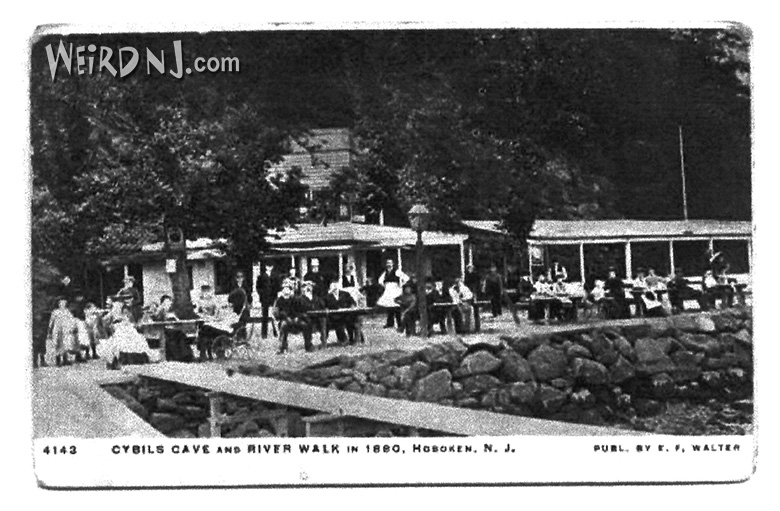
Mary Rogers and Sybil’s Cave
It was a hot, steamy summer afternoon on July 28, 1841 when James Boulard and Henry Mallin sighted what appeared to be a body floating in the water of the Hudson River near the shore of Hoboken, New Jersey. The two men, who had been trying to relax at a quiet retreat called Sybil’s Cave, located across the river from the heat and crowding of New York City, raced to a nearby dock and borrowed a boat to retrieve the floating object. They returned to the shore with the body of a young woman, later identified as Mary Cecilia Rogers, missing from her New York City home since Sunday, July 25, 1841. This discovery brought national attention to an already locally famous site.
 Most people growing up in Hoboken 30 or 40 years ago were very familiar with the legend of Sybil’s Cave. Local legend held that it was a deep natural cave with a spring located somewhere along the Hudson River. However, current residents and visitors may be surprised to learn of the existence of this legend. The Hoboken shoreline of the 1800’s was an area for relaxation for the stressed urbanites of New York City and the nearby cities of New Jersey. A tree-lined path along the river, dubbed “River Walk”, served as a respite to the pressures and crowds of the city by providing a country-like atmosphere for many residents, especially those who had recently migrated to the city from rural areas. This urban growth was the trend in those days prior to the Civil War, when cities were expanding at the expense of rural populations and traditions.
Most people growing up in Hoboken 30 or 40 years ago were very familiar with the legend of Sybil’s Cave. Local legend held that it was a deep natural cave with a spring located somewhere along the Hudson River. However, current residents and visitors may be surprised to learn of the existence of this legend. The Hoboken shoreline of the 1800’s was an area for relaxation for the stressed urbanites of New York City and the nearby cities of New Jersey. A tree-lined path along the river, dubbed “River Walk”, served as a respite to the pressures and crowds of the city by providing a country-like atmosphere for many residents, especially those who had recently migrated to the city from rural areas. This urban growth was the trend in those days prior to the Civil War, when cities were expanding at the expense of rural populations and traditions.
Along the River Walk, many businesses cropped up to accommodate the visiting daytrippers, who would ferry across the Hudson from New York. These new establishments included taverns, inns and open recreation areas such as Elysian Fields. One of the most noted of these was the renowned “Sybil’s Cave and Spring”, which was located between Eighth and Ninth Streets at the foot of Stevens Institute of Technology on what is today Frank Sinatra Drive.
Contrary to local legend, Sybil’s Cave was not a natural formation. The cave was dug manually out of the cliff to reach a natural spring in 1832, as the River Walk gained in popularity. Glasses of water were sold to thirsty hikers for one cent a glass, an outrageous amount for that time, but people were willing to pay because of the beneficial and medicinal properties this water supposedly held. Tables were set outside the cave, and a building erected to serve the growing clientele. “Gleason’s Pictorial Drawing-Room Companion” of 1836 described Sybil’s Cave as “…one of the principle attractions of the place. No one visits Hoboken without seeing it. It is hewn out and excavated to the depth of thirty feet. In the middle is a spring of pure and sparkling water, thousands of glasses of which are sold daily in the summer, for a penny per glass.”
In the 1880s, with the advent of the Board of Health, the spring water of Sybil’s Cave was declared unfit for human consumption. However, this was not the end of Sybil’s Cave. A tavern was established on the site by Fred Eckstein, which served food and had an Old World ambience, and the area continued to be popular with visitors. The cave was accessible by a sliding metal door at the tavern and was used for storage. Eventually, the commercial shipping industry encroached upon the area, urbanizing it and blocking out the views of the Hudson River and New York City, which had originally popularized the site.
Fred Eckstein’s tavern became a gin mill for dock workers, and was later occupied by squatters. The building, after ransacking over the years, was torn down in 1937. The cave was, for a brief period, re-discovered beneath it. The Hudson Dispatch Newspaper even published a photo showing the entrance almost unchanged except for wear. To avoid injury to adventurous youths, the cave was filled in soon after. –Michael J. Launa
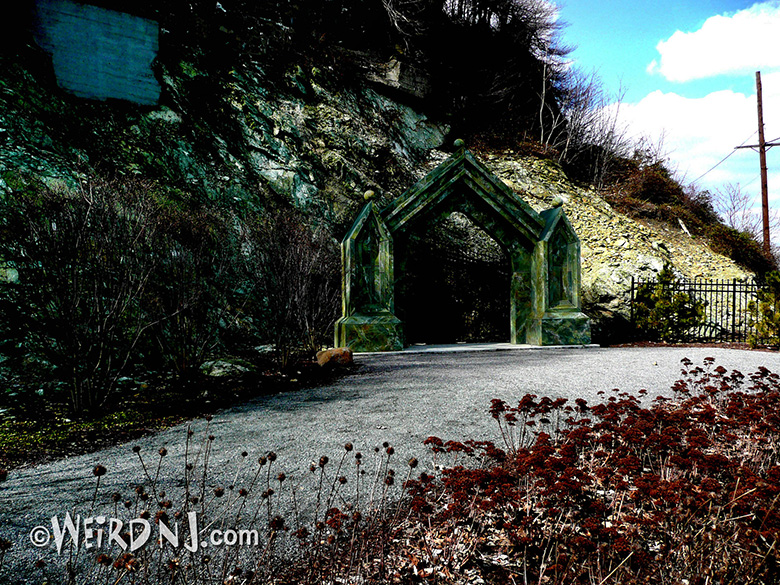
Sybil’s Cave was reopened in October 2008 after former Mayor David Roberts worked with the Hoboken Historical Museum, Hoboken Brownstone company and others on a $106,752 renovation project to unblock the cave and make it accessible to the public. Today, although the exterior gate to the park is usually open 24 hours a day, the gate to the cave itself is locked, as its water was found to contain too many impurities to be drinkable, and the interior is rocky and slippery. As of this writing, there are no plans to reopen it.
The preceding article is an excerpt from Weird NJ magazine, “Your Travel Guide to New Jersey’s Local Legends and Best Kept Secrets,” which is available on newsstands throughout the state and on the web at www.WeirdNJ.com. All contents ©Weird NJ and may not be reproduced by any means without permission.
Visit our SHOP for all of your Weird NJ needs: Magazines, Books, Posters, Shirts, Patches, Stickers, Magnets, Air Fresheners. Show the world your Jersey pride some of our Jersey-centric goodies!
Now you can have all of your favorite Weird NJ icons on all kinds of cool new Weird Wear, Men’s Wear, Women’s Wear, Kids, Tee Shirts, Sweatshirts, Long Sleeve Tees, Hoodies, Tanks Tops, Hats, Mugs & Backpacks! All are available in all sizes and a variety of colors. Visit WEIRD NJ MERCH CENTRAL. Represent New Jersey!
![]()

